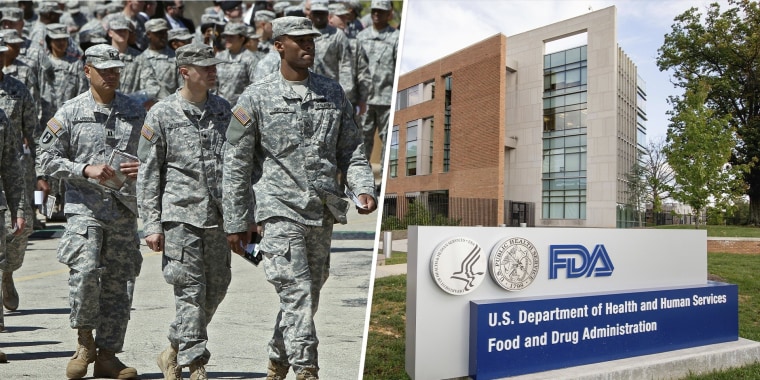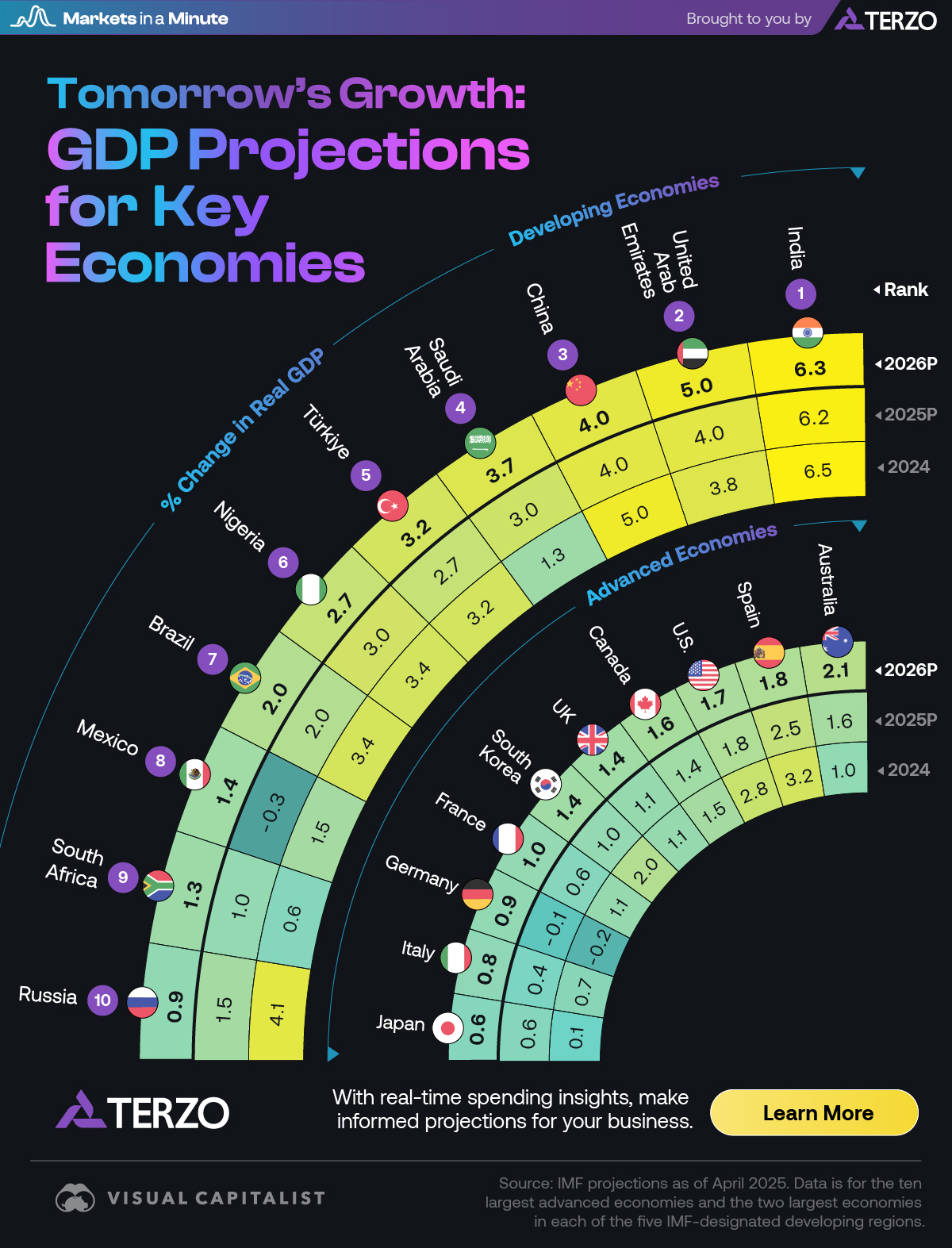Economic Overview and Alignment with Sustainable Development Goals
Belize’s developing free-market economy is undergoing a significant transition, moving from a historical reliance on forestry to a diversified model with a dominant service sector. This economic evolution presents both opportunities and challenges in the context of the United Nations Sustainable Development Goals (SDGs). Initially based on timber exports, the economy shifted towards agriculture by 1960, with sugar and citrus becoming primary exports. In pursuit of SDG 8 (Decent Work and Economic Growth), Belize has further diversified into non-traditional agriculture and manufacturing. However, fiscal challenges, including heavy borrowing and debt restructuring, have impacted progress. Currently, the service sector, particularly tourism, is the main driver of the economy and a key source of foreign income, aligning with efforts to build a resilient economic framework.
Primary Sector Analysis: Agriculture, Forestry, and Fishing
Agricultural Practices and Food Security
The agricultural sector employs approximately one-fifth of the population, directly contributing to SDG 8 and SDG 2 (Zero Hunger). A small portion of land is actively cultivated, characterized by two main farming systems:
- Subsistence Farming: Many small farms practice traditional milpa (shifting cultivation) due to nutrient-poor soils. This method supports local food security but poses challenges for SDG 15 (Life on Land).
- Commercial Farming: Larger plantations focus on export crops like sugarcane, citrus, and bananas. While vital for the economy, this model is vulnerable to global price fluctuations.
Efforts to diversify and enhance economic stability include the increased production of non-traditional exports such as papayas and habanero peppers. The Mennonite community has significantly contributed to national food production through large-scale chicken farming and dairy operations, transforming previously unused land into productive agricultural zones.
Forestry Management and Land Rights
Belize’s forestry sector, while historically significant, faces critical sustainability challenges. The commercial exploitation of mahogany, pine, and cedar has led to extensive deforestation, directly conflicting with the objectives of SDG 15 (Life on Land). Government initiatives to boost foreign income through long-term logging contracts have exacerbated environmental degradation and created social conflict. This has led to significant legal and human rights issues:
- In 2004, the Inter-American Commission on Human Rights ruled that the government had violated the rights of Mayan communities by failing to secure their land tenure.
- In 2007, the Belizean Supreme Court granted greater autonomy to two Mayan communities over their communal lands, a landmark decision for SDG 10 (Reduced Inequalities) and SDG 16 (Peace, Justice and Strong Institutions).
Marine Resources and Aquaculture
The fishing industry is a substantial contributor to exports, focusing on high-value products like lobster, shrimp, and conch. The sector’s organization around cooperatives supports local livelihoods and aligns with principles of SDG 12 (Responsible Consumption and Production). The growth of aquaculture, particularly shrimp farming, represents a strategic effort to expand the blue economy and supports SDG 14 (Life Below Water) by potentially reducing pressure on wild stocks.
Industrial Sector Development
Resources, Energy, and Infrastructure
Belize’s progress towards SDG 7 (Affordable and Clean Energy) is mixed. The country is heavily reliant on imported fossil fuels but is actively developing renewable energy sources. Key developments include:
- Utilization of biomass, such as bagasse from sugarcane processing.
- Connection to Mexico’s power grid.
- Construction of the Chalillo hydroelectric dam, which, despite environmental concerns, increases domestic energy generation capacity.
Mineral production is limited to materials for the domestic construction industry, supporting SDG 9 (Industry, Innovation and Infrastructure).
Manufacturing and Production
Manufacturing constitutes a modest portion of the GNP, focusing on food processing, fertilizers, and textiles. The sugar refinery at Tower Hill is a cornerstone of this sector, with sugar accounting for approximately two-thirds of total exports. The processing of domestic agricultural products adds value to primary goods, contributing to SDG 12. Government attempts at import substitution have been largely unsuccessful, with the industrial strategy remaining export-oriented.
Tertiary Sector and International Trade
Finance, Trade, and Economic Partnerships
Belize engages in international trade with key partners including the United States, the United Kingdom, China, and members of CARICOM, reflecting engagement with SDG 17 (Partnerships for the Goals). The country’s primary exports are seafood, sugar, citrus, bananas, and clothing. However, a persistent trade deficit in goods presents a challenge to achieving sustainable economic growth under SDG 8.
Tourism as a Driver for Sustainable Growth
The service sector is the largest component of Belize’s economy, with tourism being a primary engine of growth and foreign exchange. The industry’s rapid expansion aligns with SDG 8. Tourism activities are heavily linked to the country’s natural and cultural assets, creating a direct incentive for their preservation.
- Marine Ecotourism: Activities centered on the Belize Barrier Reef, such as diving and boating, underscore the economic importance of protecting marine ecosystems, a core tenet of SDG 14.
- Terrestrial Ecotourism: Growth in tourism in the interior and visits to Mayan archaeological sites like Caracol and Xunantunich highlight the value of conserving terrestrial ecosystems and cultural heritage, contributing to SDG 15 and SDG 11 (Sustainable Cities and Communities).
Infrastructure and Connectivity
Transportation Networks
An established road network connects major towns and borders, facilitating the transport of agricultural and forest products. This infrastructure is fundamental to economic activity and aligns with SDG 9. Belize City serves as the main port, with other specialized ports handling citrus and banana exports, supporting international trade.
Telecommunications
Telecommunications services, including cellular and internet, are provided by a private company but do not reach the entire population. The disparity in access, where many citizens remain physically isolated due to poor roads and services, highlights a digital divide and an ongoing challenge for SDG 9 and SDG 10.
Analysis of Sustainable Development Goals in the Article
1. Which SDGs are addressed or connected to the issues highlighted in the article?
The article on Belize’s economy touches upon several Sustainable Development Goals (SDGs) through its discussion of economic activities, natural resource management, and social issues. The following SDGs are relevant:
- SDG 2: Zero Hunger: The article details Belize’s agricultural sector, including the cultivation of crops for export and local consumption, farming practices like shifting cultivation, and the role of small farms. This connects to the goal of ending hunger and promoting sustainable agriculture.
- SDG 7: Affordable and Clean Energy: The text mentions Belize’s energy sources, including its reliance on imports, the use of biomass and bagasse, and the development of renewable energy through the Chalillo hydroelectric dam.
- SDG 8: Decent Work and Economic Growth: The core of the article focuses on Belize’s economic development, diversification from logging to agriculture and tourism, trade partnerships, and the contribution of various sectors like services and manufacturing to the GNP.
- SDG 9: Industry, Innovation and Infrastructure: The article discusses manufacturing activities, import substitution policies, and the development of infrastructure such as roads, ports, and telecommunications.
- SDG 14: Life Below Water: The fishing industry, including the harvesting of lobster, shrimp, and conch, the role of fishing cooperatives, and the growth of aquaculture, directly relates to the sustainable use of marine resources.
- SDG 15: Life on Land: The article extensively discusses forestry, highlighting the history of commercial logging, forest destruction, the economic importance of timber, and conflicts over land use with indigenous Mayan communities.
- SDG 16: Peace, Justice and Strong Institutions: The legal conflict between the Belizean government and Mayan communities over logging rights, which resulted in a Supreme Court ruling granting autonomy over communal land, is a direct example of issues related to land rights, justice, and institutional processes.
2. What specific targets under those SDGs can be identified based on the article’s content?
Based on the article’s content, several specific SDG targets can be identified:
- Target 2.4: By 2030, ensure sustainable food production systems and implement resilient agricultural practices.
- Explanation: The article describes Belize’s agricultural system, which includes traditional “shifting cultivation” on nutrient-poor soils and large mechanized farms. The diversification into “nontraditional agricultural products” like papayas and peppers also points to efforts to build a more resilient agricultural sector.
- Target 7.2: By 2030, increase substantially the share of renewable energy in the global energy mix.
- Explanation: The article explicitly states that Belize “has adopted renewable-energy technologies,” citing the use of “fuelwood, firewood, and other biomass products,” “Bagasse, a by-product of sugarcane,” and the construction of the “Chalillo hydroelectric dam.”
- Target 8.2: Achieve higher levels of economic productivity through diversification, technological upgrading and innovation.
- Explanation: The article traces the evolution of Belize’s economy from its reliance on timber to sugar and citrus, and later opening up to “nontraditional agricultural products and manufacturing activities.” The rise of the service sector, particularly tourism, is highlighted as the dominant economic activity.
- Target 8.9: By 2030, devise and implement policies to promote sustainable tourism that creates jobs and promotes local culture and products.
- Explanation: The article identifies tourism as a “major source of foreign income,” noting the growth in cruise ship arrivals and the popularity of ecotourism and Mayan ruins like Caracol and Xunantunich, which promotes local culture and natural heritage.
- Target 14.4: By 2025, effectively regulate harvesting and end overfishing, illegal, unreported and unregulated fishing and destructive fishing practices.
- Explanation: The mention of fishing being “conducted mainly by several cooperatives” implies an organized, and potentially regulated, approach to harvesting marine resources like lobster, shrimp, and conch.
- Target 15.2: By 2020, promote the implementation of sustainable management of all types of forests, halt deforestation, restore degraded forests and substantially increase afforestation and reforestation globally.
- Explanation: The article directly addresses this target by describing how much of Belize’s forest “has been destroyed by logging” but also notes the continued economic importance of specific woods. The conflict over government-granted logging contracts versus the Mayan communities’ desire for autonomy over their land highlights the ongoing struggle for sustainable forest management.
- Target 16.3: Promote the rule of law at the national and international levels and ensure equal access to justice for all.
- Explanation: The article provides a clear example of this target in action by describing how two Mayan communities “won a case in the Belizean Supreme Court in 2007 that granted them greater autonomy over their communal landholdings” after their rights were violated by logging activities. It also mentions a prior determination by the “Inter-American Commission on Human Rights.”
3. Are there any indicators mentioned or implied in the article that can be used to measure progress towards the identified targets?
The article provides several qualitative and quantitative points that can serve as indicators for measuring progress towards the identified targets:
- Indicator for Target 7.2: The share of renewable energy in the energy mix. The article provides concrete examples that can be measured, such as the energy generated by the “Chalillo hydroelectric dam” and the use of “Bagasse” from the sugar industry.
- Indicator for Target 8.9: The contribution of tourism to the economy. The article implies this indicator by stating that “the number of visitors increased fivefold from the late 1990s to the mid-2000s” and that tourism is a “major source of foreign income.”
- Indicator for Target 14.4: The volume and value of marine exports. The text notes that “Exports of seafood to the United States are substantial” and that “Aquaculture, especially shrimp farming, is significant,” which can be used as measures of the fishing sector’s economic activity and management.
- Indicator for Target 15.2: The rate of deforestation and the area of forest under sustainable management. The article implies this through its description of historical forest destruction (“Much of Belize’s forest has been destroyed by logging”) and the ongoing conflicts over logging contracts, which reflect the challenges in achieving sustainable management.
- Indicator for Target 16.3: Access to justice and legal recourse. The successful Supreme Court case won by Mayan communities serves as a direct indicator of their ability to access the justice system to protect their rights and land tenure.
4. Create a table with three columns titled ‘SDGs, Targets and Indicators” to present the findings from analyzing the article.
| SDGs, Targets and Indicators |
|---|
| SDGs | Targets | Indicators |
|---|---|---|
| SDG 2: Zero Hunger | 2.4: Ensure sustainable food production systems and implement resilient agricultural practices. | The practice of “shifting cultivation” on “nutrient-poor soils” versus “large mechanized farms”; diversification to “nontraditional agricultural products.” |
| SDG 7: Affordable and Clean Energy | 7.2: Increase substantially the share of renewable energy in the global energy mix. | Use of “fuelwood, firewood, and other biomass products”; use of “Bagasse” for fuel; construction and operation of the “Chalillo hydroelectric dam.” |
| SDG 8: Decent Work and Economic Growth | 8.9: Devise and implement policies to promote sustainable tourism. | Tourism as a “major source of foreign income”; “number of visitors increased fivefold”; popularity of ecotourism and Mayan ruins. |
| SDG 14: Life Below Water | 14.4: Effectively regulate harvesting and end overfishing. | Fishing conducted by “several cooperatives”; “Exports of seafood to the United States are substantial”; significance of aquaculture and shrimp farming. |
| SDG 15: Life on Land | 15.2: Promote the implementation of sustainable management of all types of forests, halt deforestation. | Description of historical forest destruction from logging; ongoing conflicts over foreign logging contracts; protests from Mayan communities. |
| SDG 16: Peace, Justice and Strong Institutions | 16.3: Promote the rule of law and ensure equal access to justice for all. | Mayan communities winning a case in the “Belizean Supreme Court” to gain autonomy over communal land; reference to a ruling by the “Inter-American Commission on Human Rights.” |
Source: britannica.com







